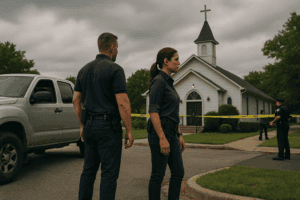When traveling abroad there are many risks that need to be evaluated and planned for. Some concerns can be eliminated and others may not. If that is the case, the best we can do is be prepared to mitigate the risk associated with those concerns. Eating and drinking while traveling are activities we have to engage in, there’s no way around it. Let’s look at a few of the issues you should plan for when conducting your travel risk assessment in relation to food and water.
Will the destination have the ability to provide safe food?

The World Health Organization states unsafe food containing harmful bacteria, viruses, parasites or chemical substances, causes more than 200 diseases – ranging from diarrhea to cancers. An estimated 600 million, almost 1 in 10 people in the world, fall ill after eating contaminated food and 420,000 die every year, resulting in the loss of 33 million healthy life years. Diarrhoeal diseases are the most common illnesses resulting from the consumption of contaminated food, causing 550 million people to fall ill and 230,000 deaths every year.
Food-borne illnesses can be caused by the following and more:
- Bacteria
- Viruses
- Chemicals
- Parasites
Will the destination have the ability to provide safe water?

According to the World Health Organization, at least 2 billion people globally use a drinking water source contaminated with feces. Contaminated water is estimated to cause 502,000 diarrhoeal deaths each year and can also transmit diseases such as:
- Cholera
- Dysentery
- Typhoid
- Polio
Water is the primary source of dietary issues while traveling abroad and sometimes it takes a little pre-planning to ensure water safety.
Make sure your folks know the risk associated with food and water and how to deal with those issues based on where they operating. Food and drink is a critical component of travel planning and should not be taken lightly.






